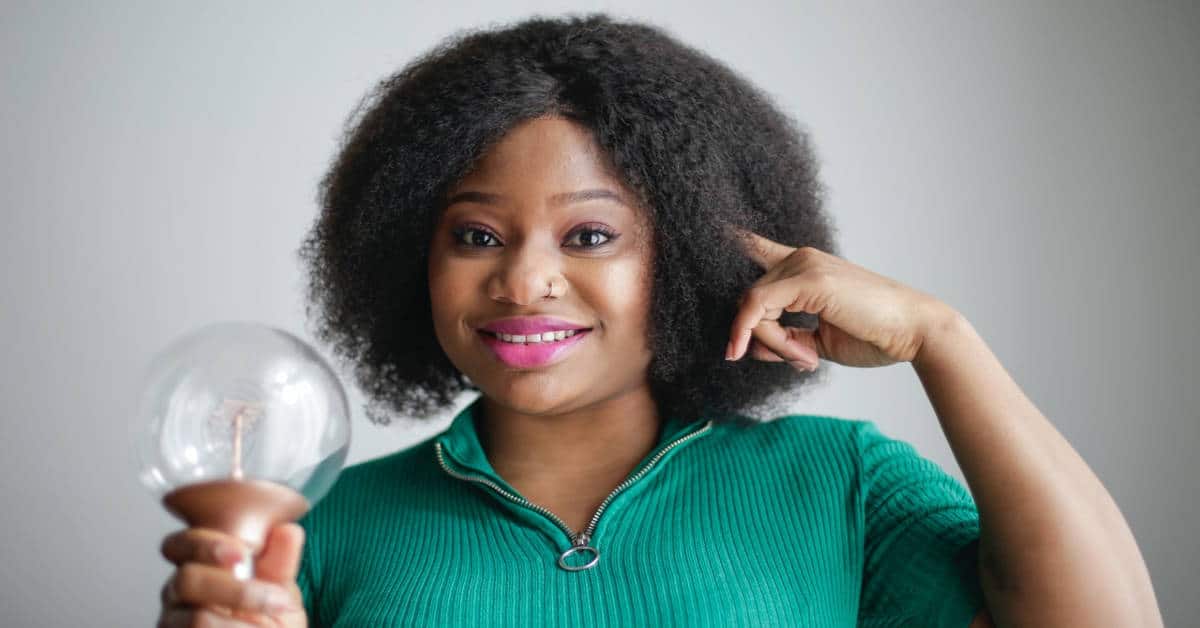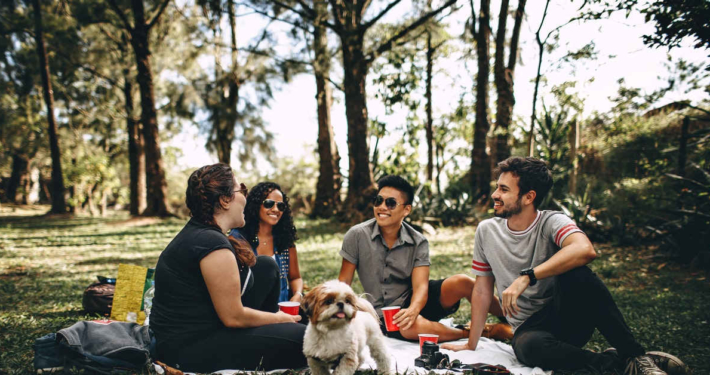How brain science helps us understand our behaviors
April 25, 2017
Do you remember learning about the brain in science class years ago? Maybe you observed your teacher dissect the parts of the brain. The point of that lesson wasn’t to make you squeamish. It was to help you understand how the brain works so you could understand yourself and how you experience the world.
How you respond to and experience trauma and how you function as a person in society can all be explained by the triune brain, our human brain. There are three parts.
The first part is the reptilian brain which is built on survival and keeps us alive. Our instincts for flight, fight, freeze and procreation all come from this part of the brain. And, the cerebellum controls movement, a physiological response to keeping your safe.
The second part is the limbic system. This area controls motivation and emotion involved in feeding, reproductive behavior, and parental behavior. It explains why animals innately stay in herds, pods or tribes and babies rely on mothers for safety and survival.
The third part is the prefrontal cortex. This area provides the ability for language, abstract thinking, planning, and perception. It allows you to keep track of time, what happened first and then last. And, this area allows you to communicate with others.
Understanding the science behind the brain can explain some of our own behaviors. Many of those behaviors are innate and instinctual. But, having an awareness of that can help guide you in how you understand behaviors and respond. And, this can lead you to a more enriched life.
The 3 different parts of the brain
Today I want to teach you about the triune brain, or the brain that has three parts. Our human brain. When I taught school I used to have a live brain, or one that used to be alive, of a sheep or a pig that a hunter father or a rancher father would give me.
I would cut it open in class and we would learn all about the different parts of the brain, and how the brain actually learns so that children can learn how they learned best. I can’t do that with adults. They get too squeamish. So what I did is I made a brain puppet to teach adults, and I want to teach you with my brain puppet.
The first part of the triune brain or the three-part brain is the reptilian brain, the brain stem, the one that keeps us alive, the one built in survival. This is a cerebellum on the back-end of this brain stem which is part of our movement, because we remember that this brain is also tied to a body, a physiological response to the safety of this brain.
This piece, this reptilian brain, is an 800,000-year-old brain. It is a mechanism that’s built in survival, fight, flight, freeze, and procreation, because there’s a survival in the lineage.
The second part of the triune brain is the limbic system. It’s about a 500,000 year-old piece that also at the same time not by coincidence, the uterus was formed for female mammals. Now we have an emotional system that’s built with herds, with tribes, with pods, where babies need to rely on the herd, the mother, for their own survival. The nurturing piece.
Also it’s a safety piece as well because if the herd’s startled, that the others would look around, they could see that there’s going to be a stampede so they could all save each other with each other. If there is a startle and everybody else is calm, then there is a calming of the system as well.
The third part about this triune brain is the prefrontal cortex. It has a left hemisphere and a right hemisphere. It’s the logical piece, the piece that understands that you have a schedule and that today is Monday. It keeps times. It keeps a timeline of what happened first, what happened next. It’s the part that is thinking brain, the speaking brain, the one that communicates with others.
What I’d like to do with this triune brain puppet is I’d like you to continue with different lessons, for you to learn about the neurological, physiological piece that happens for humans especially pieces that happen in trauma, so that you can learn more and be more aware of what and how you function as a person in the society, and perhaps even some awareness to create a more enriched way that you go through life.

Understanding the science behind the brain can explain some of our own behaviors. Many of those behaviors are innate and instinctual. But, having an awareness of that can help guide you in how you understand behaviors and respond. And, this can lead you to a more enriched life.












